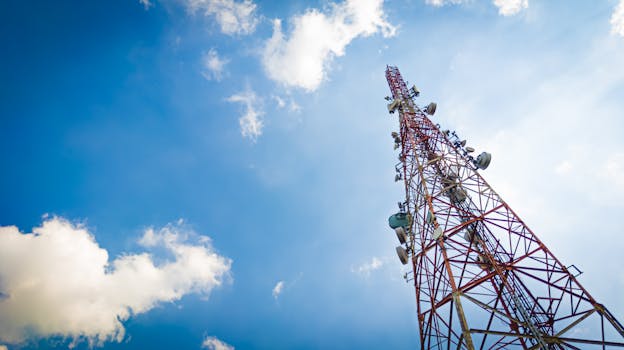
LEO satellites, or Low Earth Orbit satellites, are a type of satellite that operates in a low Earth orbit, typically at an altitude of around 160 to 2,000 kilometers. LEO satellites have been gaining popularity in recent years due to their ability to provide faster, more reliable, and cost-effective connectivity solutions compared to traditional geostationary satellites. In this article, we will explore the world of LEO satellites, their benefits, and the impact they are having on the satellite industry.
One of the main advantages of LEO satellites is their ability to provide low-latency connectivity. Because they are in a lower orbit, they have a shorter distance to travel to communicate with Earth, resulting in faster data transfer rates. This makes them ideal for applications such as real-time communication, video streaming, and online gaming. Additionally, LEO satellites have a lower power requirement, which makes them more energy-efficient and cost-effective.
Another benefit of LEO satellites is their ability to provide global coverage. Because they are in a low Earth orbit, they can cover a wider area of the Earth’s surface, making them ideal for applications such as remote sensing, Earth observation, and navigation. LEO satellites are also being used for satellite communications, providing internet connectivity to remote and underserved areas.
The use of LEO satellites is not limited to just a few industries. They are being used in a variety of fields, including agriculture, forestry, and environmental monitoring. For example, LEO satellites can be used to monitor crop health, detect deforestation, and track climate change. They are also being used in the maritime industry, providing navigation and communication services to ships and vessels.
In addition to their practical applications, LEO satellites are also being used for scientific research. They provide a unique platform for scientists to study the Earth’s atmosphere, oceans, and land surfaces. LEO satellites have been used to study the Earth’s magnetic field, the atmosphere, and the oceans, providing valuable insights into the Earth’s climate and weather patterns.
Despite the many benefits of LEO satellites, there are also some challenges associated with their use. One of the main challenges is the high cost of launching and maintaining a constellation of LEO satellites. Additionally, there is a risk of collisions between LEO satellites and other objects in space, which could result in significant damage and disruption to satellite services.
However, the benefits of LEO satellites far outweigh the challenges. They have the potential to revolutionize the way we communicate and access data, providing faster, more reliable, and cost-effective connectivity solutions. As the demand for satellite-based services continues to grow, the use of LEO satellites is likely to become more widespread, providing new opportunities for industries and applications around the world.
In conclusion, LEO satellites are transforming the way we communicate and access data. Their ability to provide low-latency connectivity, global coverage, and cost-effective solutions makes them an attractive option for a wide range of industries and applications. While there are challenges associated with their use, the benefits of LEO satellites far outweigh the costs. As the satellite industry continues to evolve, it is likely that LEO satellites will play an increasingly important role in the provision of satellite-based services.
Some of the key players in the LEO satellite market include companies such as SpaceX, OneWeb, and Amazon’s Kuiper Systems. These companies are investing heavily in the development of LEO satellite constellations, which are expected to provide high-speed, low-latency connectivity to customers around the world. The use of LEO satellites is not limited to just these companies, however, and there are many other organizations and governments that are also exploring the potential of LEO satellite technology.
See more:





